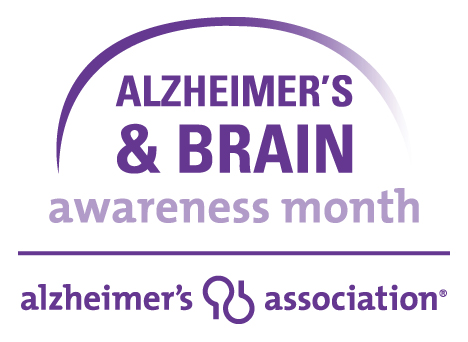
Given the growing evidence that people can reduce their risk of cognitive decline, and in recognition of Alzheimer’s & Brain Awareness Month in June, the Alzheimer’s Association and its experts are sharing 10 Ways to Love Your Brain, tips that may reduce the risk of cognitive decline:
1. Break a sweat. Engage in regular cardiovascular exercise that elevates your heart rate and increases blood flow to the brain and body. Several studies have found an association between physical activity and reduced risk of cognitive decline.
2. Hit the books. Formal education in any stage of life will help reduce your risk of cognitive decline and dementia. For example, take a class at a local college, community center or online.
3. Butt out. Evidence shows that smoking increases risk of cognitive decline. Quitting smoking can reduce that risk to levels comparable to those who have not smoked.
4. Follow your heart…




